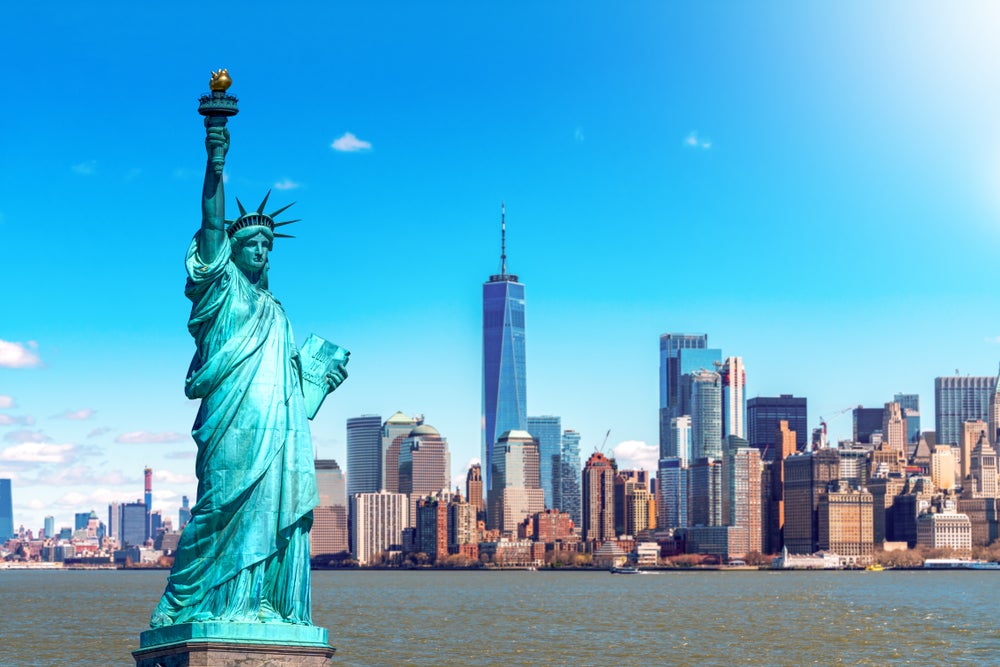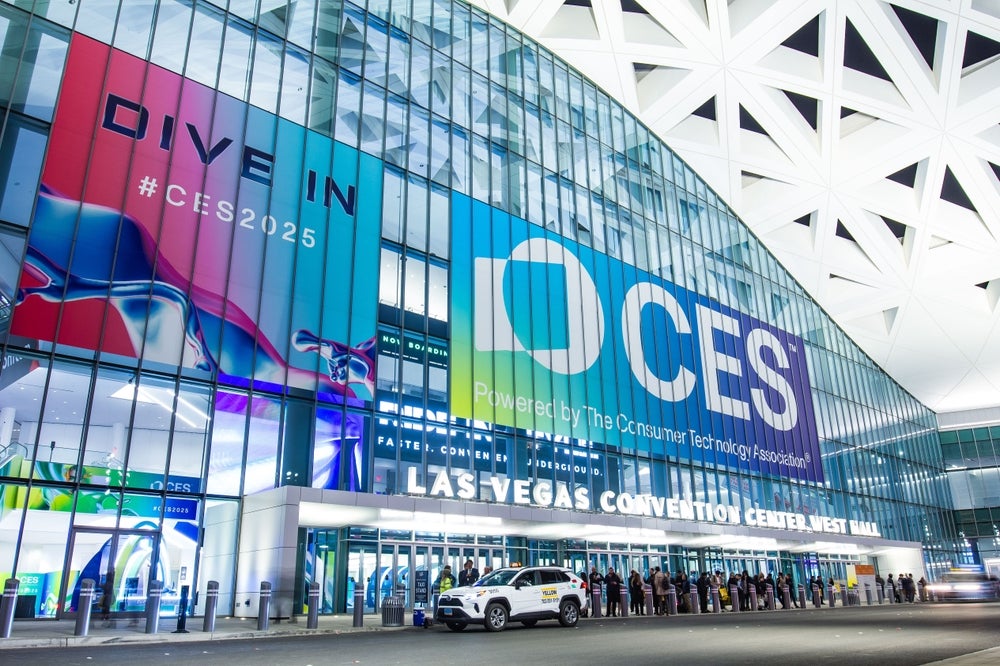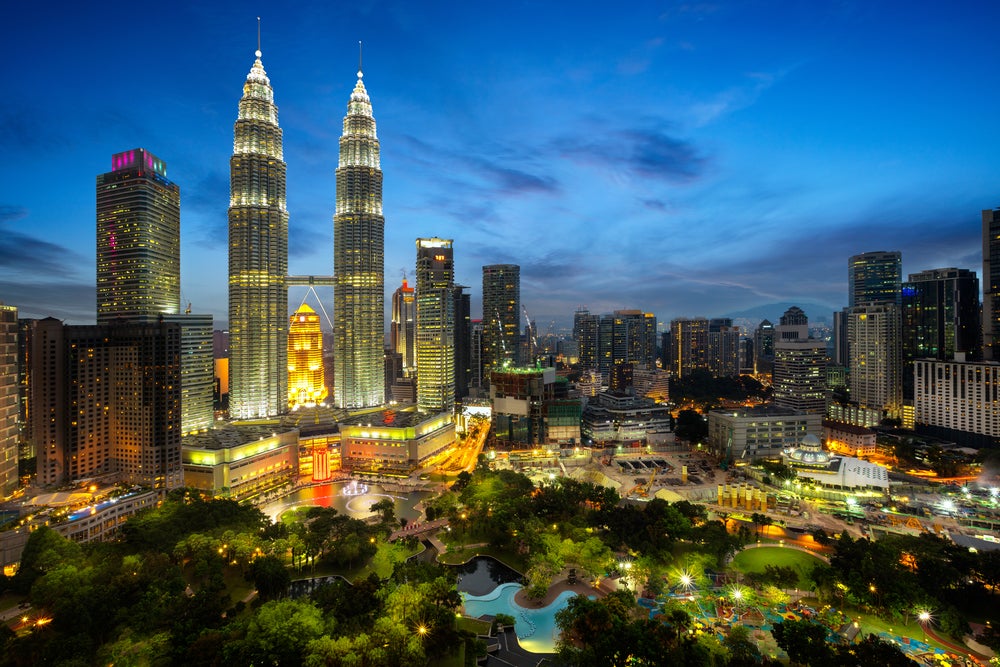In early May 2024, two peculiar portals were constructed—one on a high street in Dublin and the other at a busy interchange in New York City, thousands of miles away.
Looking like a science fiction doorway, each stone circle makes up one-half of a high-tech art installation.
Although the mysterious monoliths may not have heralded the end times or the arrival of alien invaders, they didn’t show humanity at its best either.
The portals premise
The portals are large, circular screens that broadcast live 24/7 video feeds between two cities. Intended as a technological art installation, one half of the pair was set up on O’Connell Street in Dublin, while the other sits in the Flatiron District of New York.
The company behind the portals has lofty aims for this installation and others worldwide. It claims that the devices “are an invitation to meet fellow humans above borders and prejudices and to experience our home – planet Earth – as it really is: united and one.”
There was much anticipation that the portal connecting Dublin and New York would have a positive effect on the two cities. Lord Mayor of Dublin Daithí De Róiste said of the installation: “This project exemplifies the fusion of technology and engineering to bring communities from across the world closer together.”
How well do you really know your competitors?
Access the most comprehensive Company Profiles on the market, powered by GlobalData. Save hours of research. Gain competitive edge.

Thank you!
Your download email will arrive shortly
Not ready to buy yet? Download a free sample
We are confident about the unique quality of our Company Profiles. However, we want you to make the most beneficial decision for your business, so we offer a free sample that you can download by submitting the below form
By GlobalDataWhat went wrong?
At first, things went to plan. People waved to onlookers on the other side of the planet, cheered whenever someone passed by the other side of the portal, and held up signs proclaiming their love for the other city. One user posted on X (formerly Twitter) about New Yorkers playing rock, paper, scissors with Irish strangers. At the time of opening, there were even plans in place for special cultural performances at each city’s portal later in the year.
But before long, stories began to emerge about “inappropriate behaviour” on either side of the portal. There were images of the Twin Towers on 9/11 and swastikas broadcast from the Dublin side, drug use, at least one arrest, and copious amounts of flashing from both cities. There were also reports of people attempting to climb on the portals. This all resulted in the installation being shut down temporarily while “possible technical solutions” were found.
At the time of writing, the portals are still switched off. An initial attempt to blur inappropriate behaviour and images proved unsatisfactory, but the portals are still expected to be reactivated soon. How that will look is currently unclear. As highlighted by one user on X, a sign has been stuck to the Dublin portal that reads “RIP THE PORTAL”, accompanied by flowers.
The lessons, if any
Why exactly things fell apart so quickly is open for debate. Another pair of portals has connected Vilnius in Lithuania with Lublin in Poland since 2021, and the company behind the portals claims that there have been no reports of misbehaviour around this installation. Some have opined that the Dublin-New York portals are situated in busier areas or have been assembled in less-than-ideal areas, close to pubs and nightlife spots.
Technology undoubtedly has the potential to bring us together, but the story of the portals suggests that some moderation is needed. James Mettham, president of the Flatiron NoMad Partnership, said that the portal “would be self-monitored,” suggesting that the surrounding crowd and their ingrained common sense would stop things from getting out of hand.
Perhaps this puts too much faith in people. Or perhaps these incidents should be expected with a technological art piece like the portals. Ultimately, like children with toys, the portals have been taken away from us until we learn to behave.







